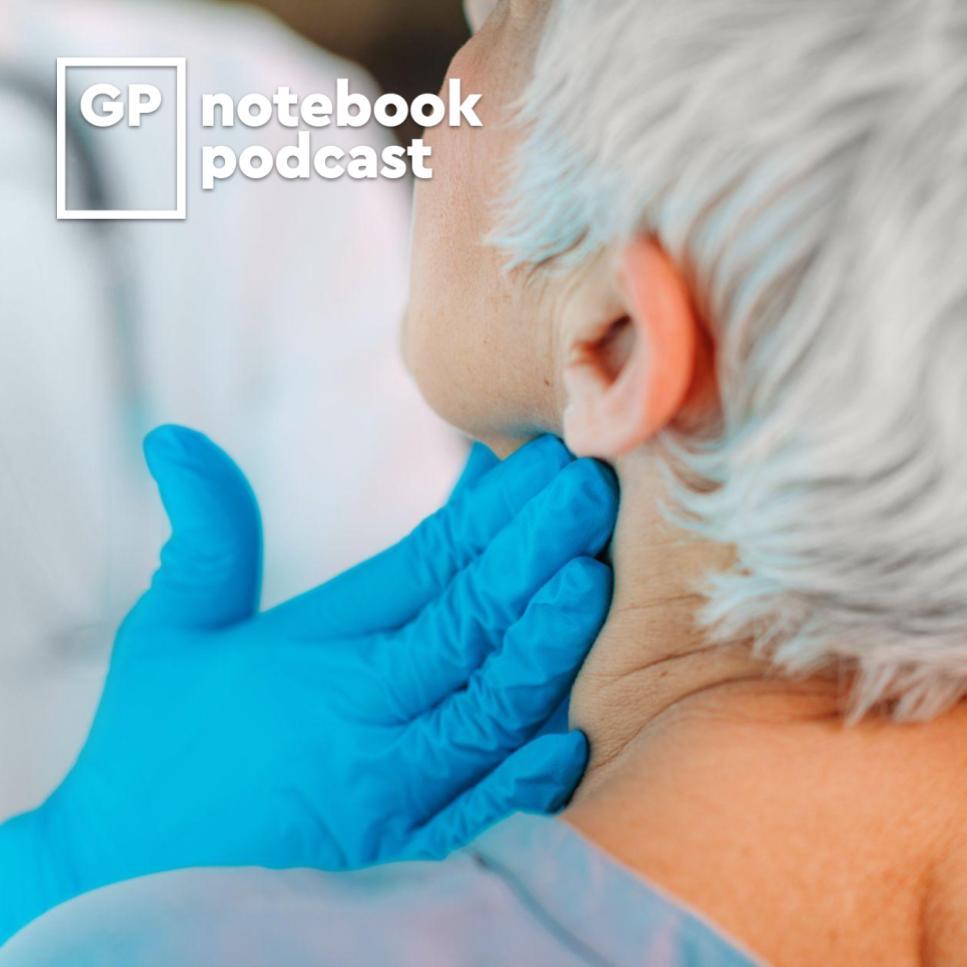In this episode, Dr Kevin Fernando discusses diagnostic and management tips – as well as pitfalls to avoid – related to subclinical hyperthyroidism. Fatima is a 71-year-old woman who presents in primary care with non-specific malaise and a past medical history of atrial fibrillation, ischaemic heart disease and osteoporosis. On examination, there is no evidence of thyroid swelling. Her blood tests reveal a suppressed thyroid-stimulating hormone (TSH), but normal free thyroxine (FT4) and free triiodothyronine (FT3). Given Fatima's comorbidities, what should we do next?
Key references discussed in the episode:
- Bathgate G, Karra E, Khoo B. BMJ. 2018;362:k2880. doi: 10.1136/bmj.k2880.
- NICE. Clinical knowledge summary: hyperthyroidism. 2021. https://cks.nice.org.uk/topics/hyperthyroidism/
Key take-home messages from the episode:
- Subclinical hyperthyroidism is diagnosed when thyroid-stimulating hormone (TSH) is suppressed below the normal reference range, but free thryoxine (FT4) and free triiodothyronine (FT3) concentrations are within the normal reference range.
- Affects 5% of those aged >60 years.
- More than 50% of cases of isolated low TSH with normal free hormones will return to normal with no treatment.
- Causes include Grave’s disease, toxic thyroid nodules, thyroiditis and non-thyroidal illness. Iatrogenic causes include steroids, amiodarone, dopamine agonists, cancer immunotherapies and antiretrovirals.
- Main concern with subclinical hyperthyroidism is potential exacerbation of conditions such as atrial fibrillation, ischaemic heart disease and osteoporosis.
- If any of these conditions present, discuss with endocrinology for consideration of treatment.
Create an account to add page annotations
Add information to this page that would be handy to have on hand during a consultation, such as a web address or phone number. This information will always be displayed when you visit this page
